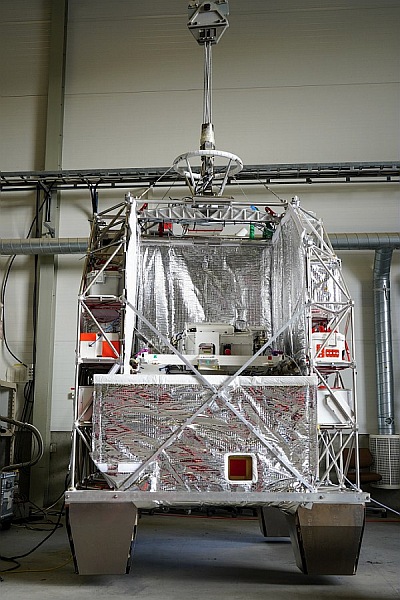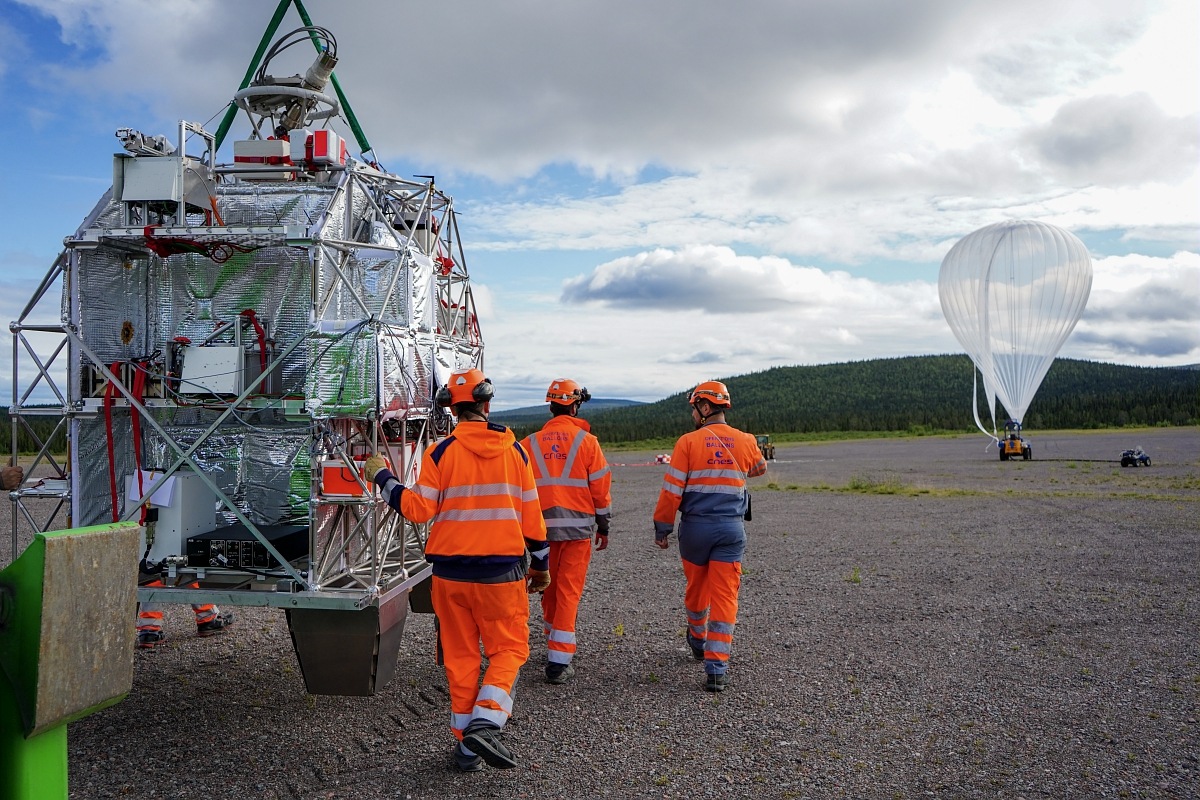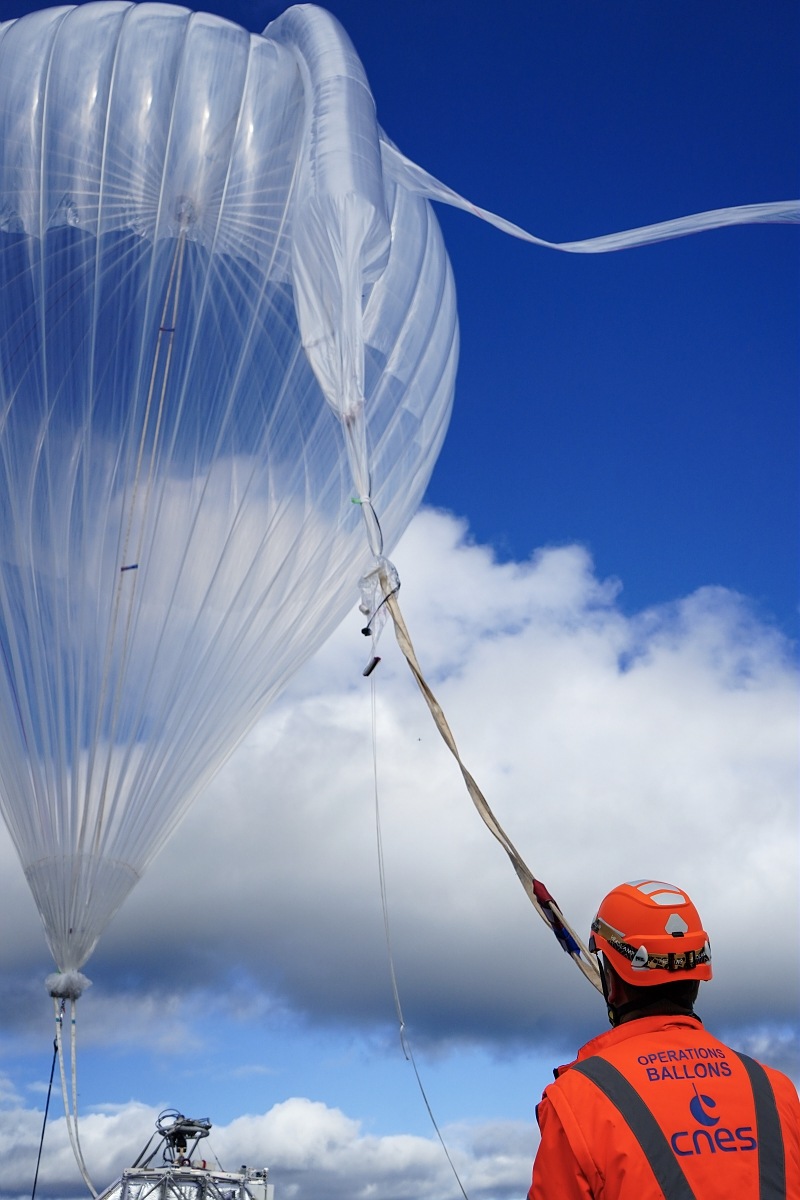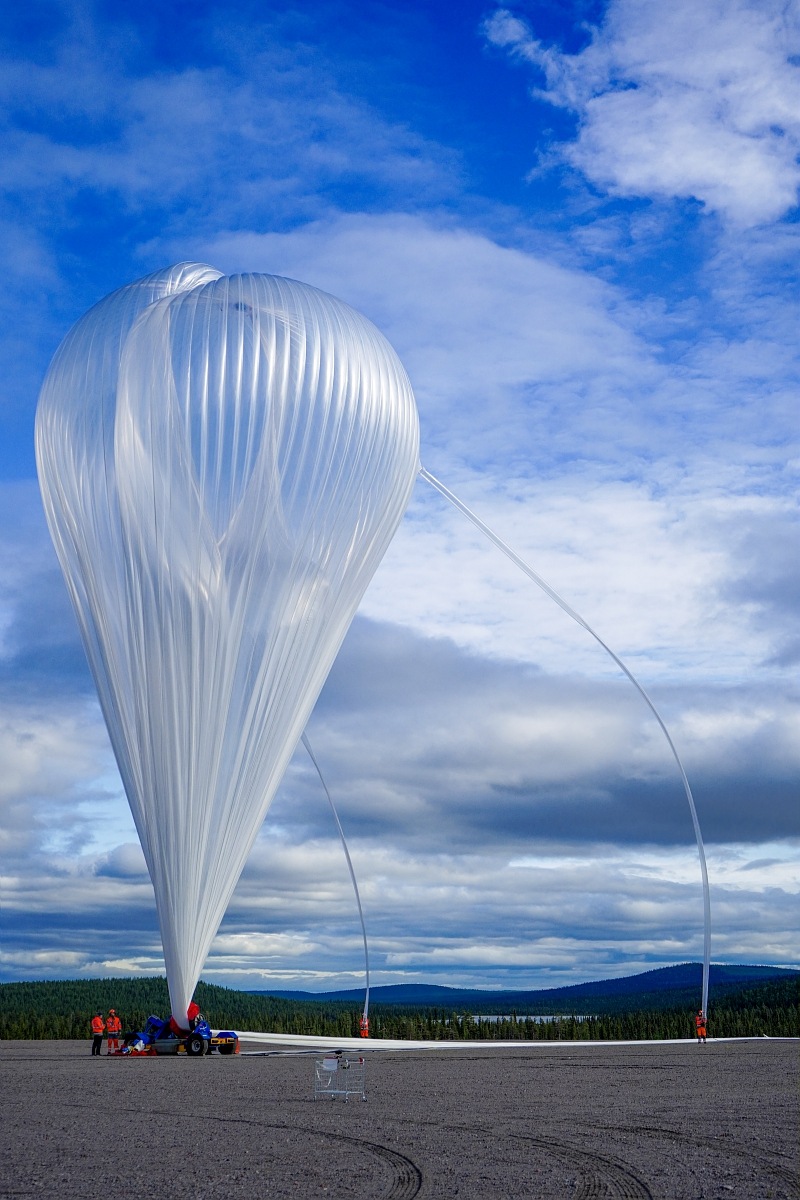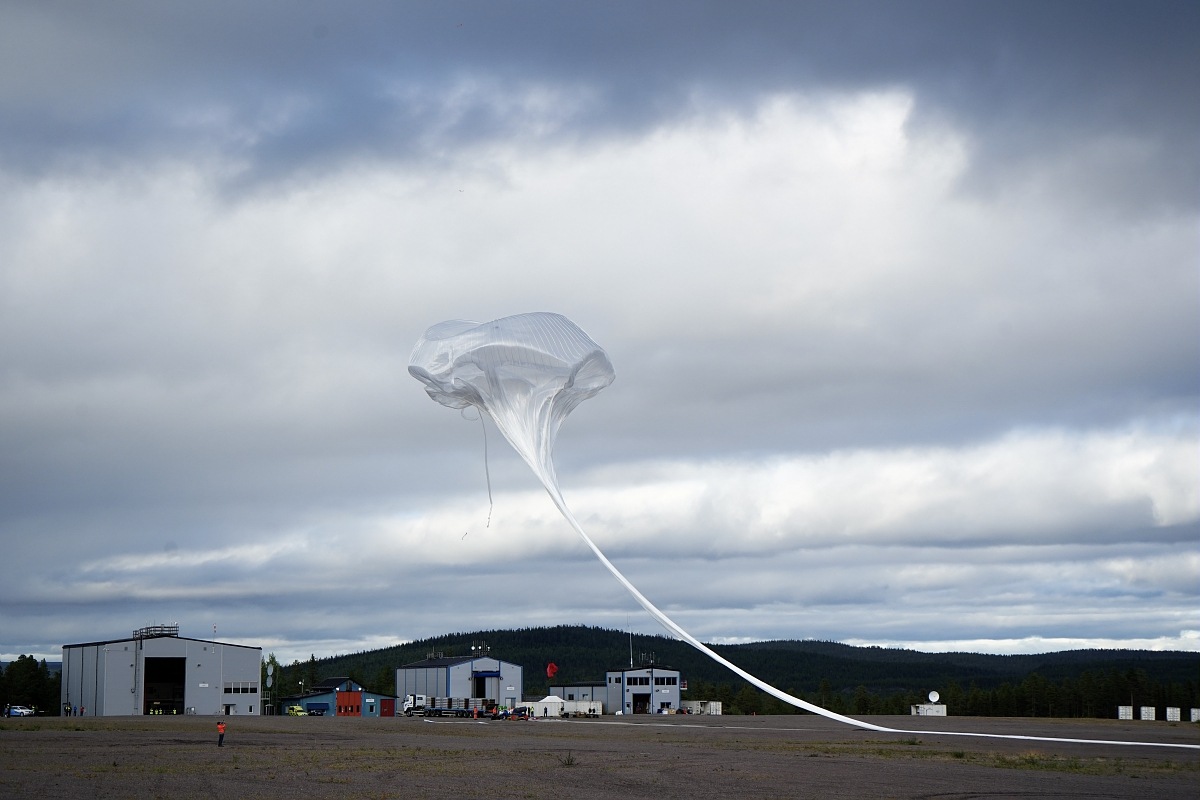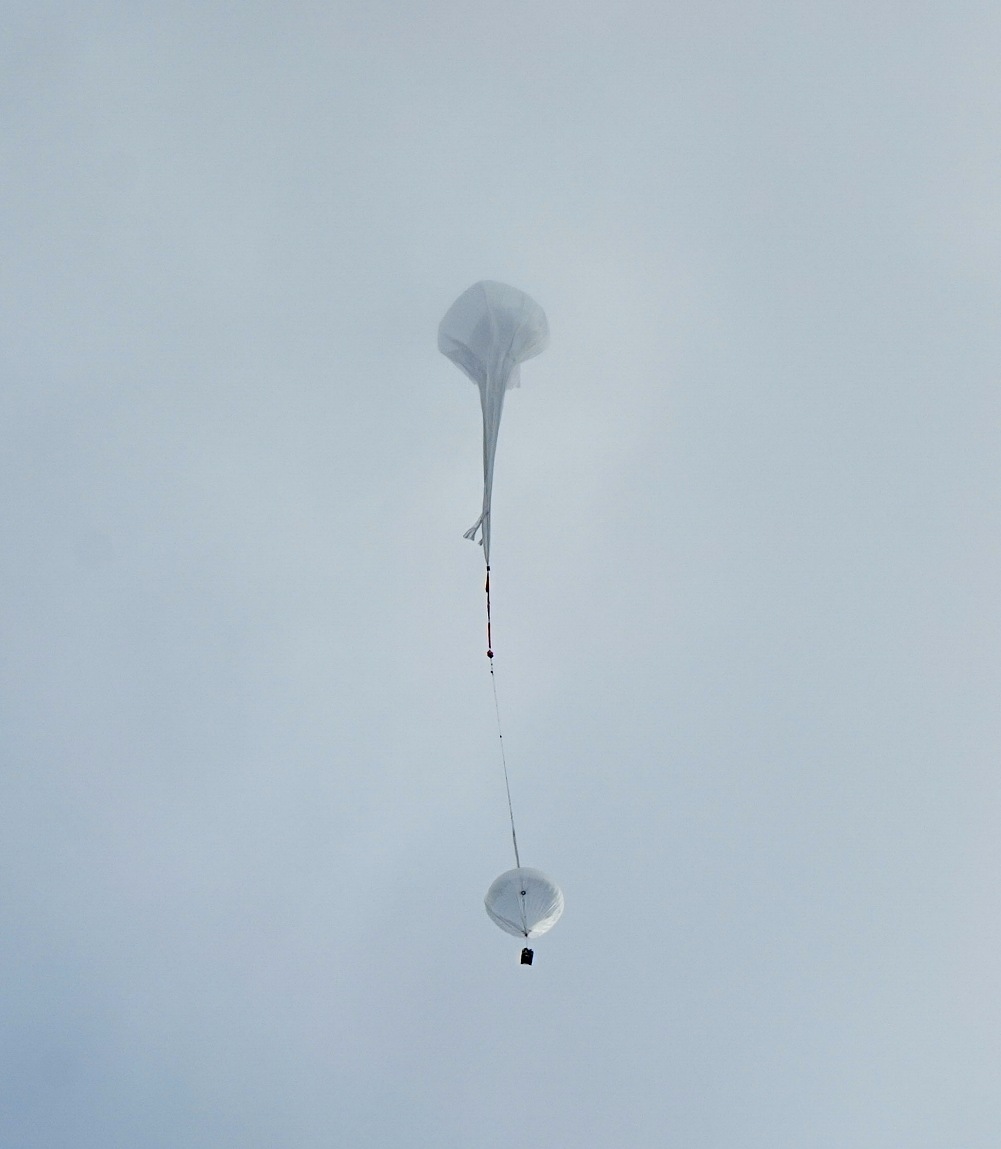Purpose of the flight and payload description
HEMERA is a Research Infrastructure funded by the Horizon 2020 framework Programme of the European Union which integrates a large starting community in the field of tropospheric and stratospheric balloon-borne research, to make existing balloon facilities available to all scientific teams in the European Union, Canada and associated countries. The complementary of the HEMERA members capabilities in the field of balloon systems and operations will offer an easy and enhanced service to the scientific community. A wide range of scientific and technical themes are addressed, such as astronomy, atmospheric physics and chemistry, climate research, fundamental physics, biology, space research and technology.
The HEMERA project sets up a large consortium dealing with balloon-borne research, that will encompass 13 partners from seven countries including space agencies, balloon companies and scientists from the atmospheric sciences, astronomy and astrophysics communities.
The objective of this particular mission was to transport several experiments from German and Canadian institutes related to the study of climate and greenhouse gases in the Arctic zone. For this purpose, was used a CNES developed gondola denominated CARMEN composed of a structure made of steel struts and balls with dimensions of 2.45 m x 1.85 m x 3 m. Total mass of the gondola is 210 kg being capable of transporting several payloads up to a mass of 700 kg. The gondola counts with a system por fine pointing if required.
The four experiments transported onboard were:
GLORIA (Gimballed Limb Observer for Radiance Imaging of the Atmosphere) a joint development of the Helmholtz Large Research Facilities Karlsruhe Institute of Technology (KIT) and Research Centre Jülich (FZJ) from Germany. Build upon the heritage of both institutes in developing and operating IR limb sounders like CRISTA and MIPAS, GLORIA bridges the gap from scanning to imaging in the infrared spectral domain by combining a classical Fourier transform spectrometer (FTS) with a 2-D detector array tailored to the FTS needs. Imaging allows the spatial sampling to be improved by up to an order of magnitude when compared to state of the art limb scanning instruments. In addition to the limb mode the instrument can also perform Nadir measurements. GLORIA was designed to operate on various high altitude research platforms like the M-55 Geophysica and stratospheric balloons.
Total BRO an instrument developed at the Institut für Umweltphysik, Heidelberg (Germany) aimed to obtain precise measurements of the total distribution of Bromine in the stratosphere. For this purpose, it uses Differential Optical Absorption Spectrometry (DOAS) in the ultraviolet domain. The measurements are taken with optical grating spectrometers using either direct sunlight or scattered skylight, and different observation platforms such as aircraft (Falcon, HALO, Geophysica), unmanned air vehicles (UAV), or high altitude balloons.
ALI V2 (Aerosol Limb Imager Version 2) an atmospheric monitoring tool developed by the University of Saskatchewan that measures the concentration of aerosols in the upper atmosphere using a unique optical device. The one flown in this mission wa an improved version of an instrument that was successfully deployed on a stratospheric balloon in 2014 and 2017. The upgraded version of ALI can detect a wider range of optical wavelengths, measuring both orientations of the polarization state. The development of the instrument is supported by the CSA's FAST funding initiative.
HIPTA developed at the Defence Research and Development Canada center Valcartier is a technological project to demonstrate the effectiveness of a high-sensitivity Earth observation camera.
Details of the balloon flight
Balloon launched on: 8/21/2021
Launch site: European Space Range, Kiruna, Sweden
Balloon launched by: Centre National d'Etudes Spatiales (CNES)
Balloon manufacturer/size/composition: Zero Pressure Balloon model 402z 402.000 m3
End of flight (L for landing time, W for last contact, otherwise termination time): 8/22/2021
Balloon flight duration (F: time at float only, otherwise total flight time in d:days / h:hours or m:minutes - ): 18 h
Campaign: KLIMAT 2021
External references
- A novel, balloon-borne UV-Vis spectrometer for direct sun measurements of stratospheric bromine Atmos. Meas. Tech., 17, 4507 (2024)
- Campagne Klimat 2021, gloria, le troisième vol a eu lieu samedi 21 ao�t CNES website
- CNES completes series of balloon flights focused on climate research SSC press release
- GLORIA website
- Zero Pressure Balloon 2021 Campaign Stratos program website
15789If you consider this website interesting or useful, you can help me to keep it up and running with a small donation to cover the operational costs. Just the equivalent of the price of a cup of coffee helps a lot.

